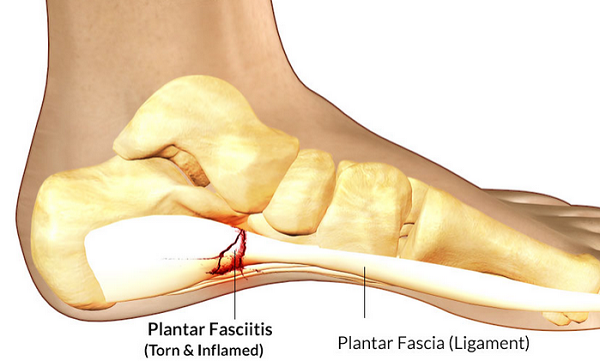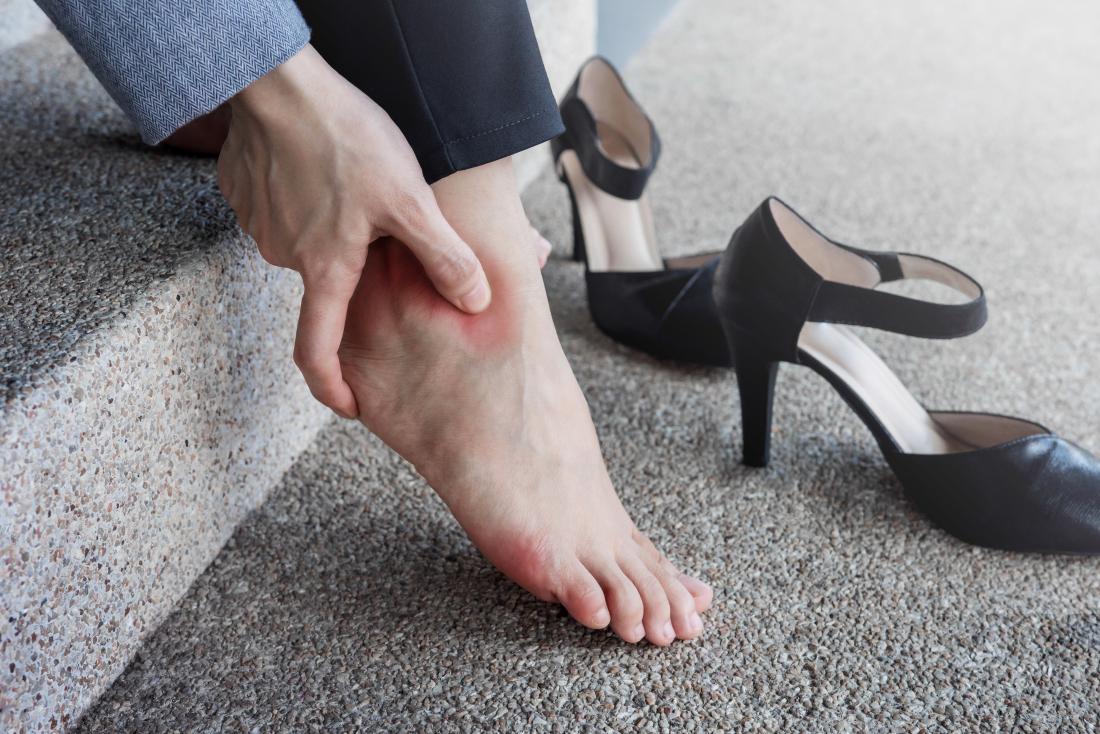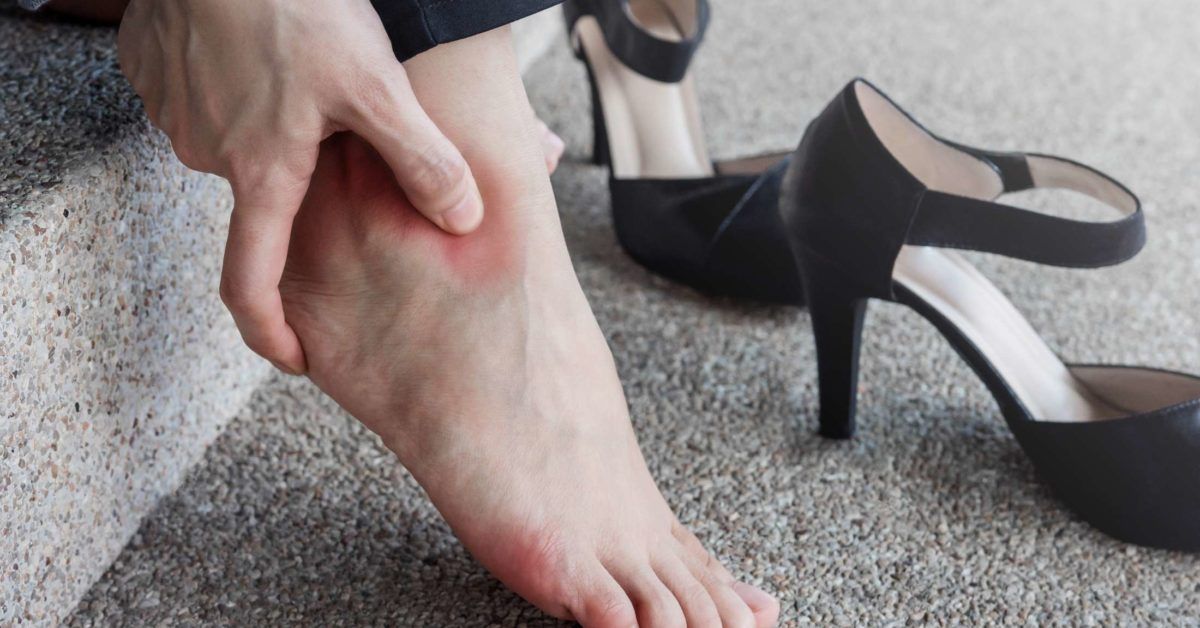Unveiling the Secrets Behind Heel Pain After Sitting
Heel pain is a common complaint that many people experience, especially after prolonged periods of sitting. The question, “why does my heel hurt when I walk after sitting?” is one that often arises in medical consultations and online forums. This article aims to delve into the various factors that contribute to this phenomenon, providing a comprehensive understanding based on scientific evidence and expert opinions.
Understanding Plantar Fasciitis
One of the most common causes of heel pain after sitting is plantar fasciitis. According to the American Academy of Orthopaedic Surgeons, plantar fasciitis is an inflammation of the plantar fascia, a thick band of tissue that runs across the bottom of your foot and connects your heel bone to your toes. When you sit for extended periods, the plantar fascia tightens, and upon standing, the sudden stretch can cause sharp pain in the heel. This condition is particularly prevalent among runners, obese individuals, and those who stand on their feet for long hours at work.

The Role of Footwear
Another significant factor contributing to heel pain after sitting is improper footwear. Shoes that lack adequate support can exacerbate the symptoms of plantar fasciitis. According to a study published in the Journal of Foot and Ankle Research, individuals who wear shoes with poor arch support are at a higher risk of developing plantar fasciitis. The lack of support can cause the plantar fascia to stretch excessively, leading to inflammation and pain. Therefore, choosing the right footwear is crucial in managing and preventing heel pain.

The Impact of Prolonged Sitting
Prolonged sitting can lead to a tightening of the calf muscles and the plantar fascia, which can result in heel pain when you start walking. This phenomenon is often referred to as “post-static dyskinesia.” According to a study by the University of California, San Francisco, prolonged sitting can cause the muscles and ligaments in the foot to stiffen, leading to discomfort and pain upon standing. Engaging in regular stretching exercises can help alleviate this issue by keeping the muscles and ligaments flexible.

The Importance of Stretching
Stretching is a crucial component in managing heel pain after sitting. According to a study published in the Journal of Physical Therapy Science, regular stretching exercises can significantly reduce the symptoms of plantar fasciitis. Stretching the calf muscles and the plantar fascia can help improve flexibility and reduce the risk of inflammation. Simple exercises such as rolling your foot over a tennis ball or performing calf stretches can make a significant difference in managing heel pain.

When to Seek Professional Help
While stretching and proper footwear can help manage heel pain, there are instances where professional help is necessary. If the pain persists despite home remedies, it is advisable to consult a healthcare professional. According to the Mayo Clinic, persistent heel pain can be a sign of a more serious condition, such as a stress fracture or a nerve issue. A podiatrist or an orthopedic specialist can provide a thorough evaluation and recommend appropriate treatment options.
Conclusion
Heel pain after sitting is a common issue that can be managed through various means, including proper footwear, regular stretching, and lifestyle modifications. Understanding the underlying causes, such as plantar fasciitis and the impact of prolonged sitting, can help in developing effective strategies to alleviate the pain. However, if the pain persists, seeking professional help is crucial to ensure that the condition does not worsen. By addressing the root causes and adopting preventive measures, individuals can significantly reduce the incidence of heel pain and improve their overall foot health.
